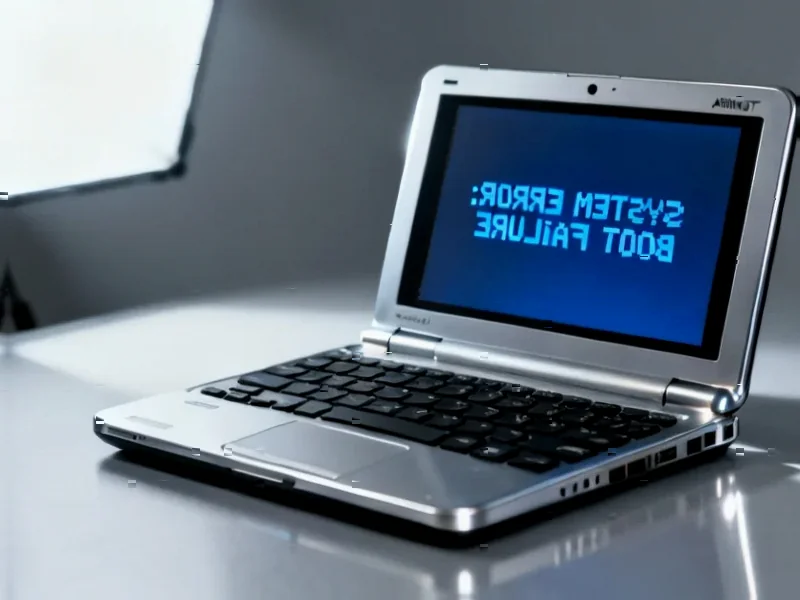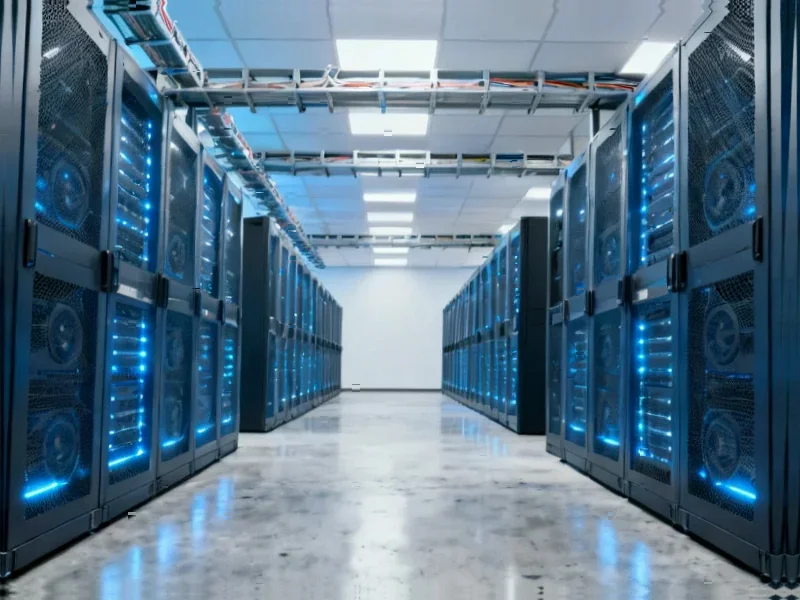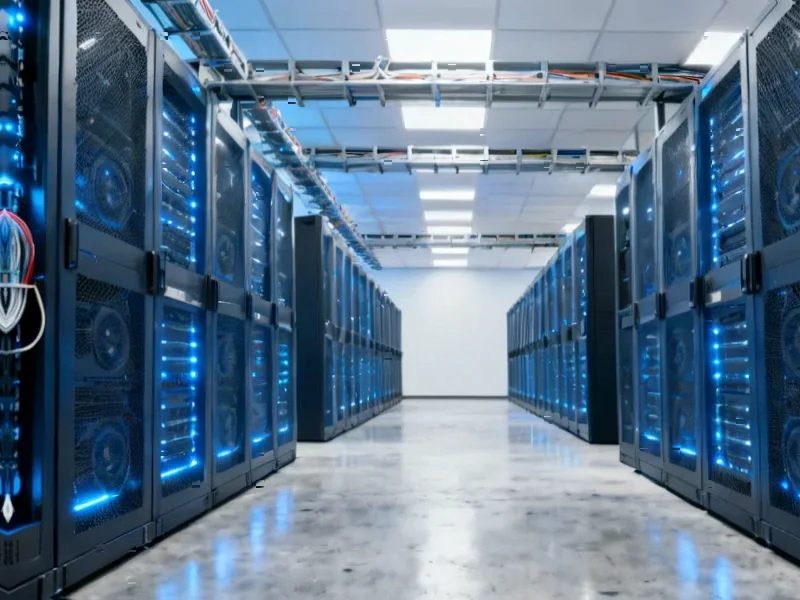According to ZDNet, Apple is developing a budget MacBook codenamed J700 that could launch in the first half of 2026. The device would use iPhone processors like the A18 Pro instead of M-series chips and feature a smaller 12.9-inch LCD display rather than Liquid Retina. Apple is targeting a price between $599 and $699, significantly cheaper than the $999 M4 MacBook Air. The laptop is designed for students, businesses, and casual users who primarily browse the internet and work on documents. Apple also aims to convert would-be iPad buyers and compete directly with Chromebooks and midrange Windows PCs.
Why Apple‘s going budget now
Here’s the thing – Apple has always positioned itself as a premium brand. They’ve famously avoided chasing market share with lower-end products. But the market is changing, and Apple seems to be feeling the pressure. With Windows 10 support ending and many users resistant to upgrading to Windows 11, there’s a massive opportunity to capture that “I just want something that works” crowd.
And let’s be real – Chromebooks have been eating Apple’s lunch in education and budget segments for years. At $600, this could finally give schools and budget-conscious consumers a real Apple alternative. The timing is actually pretty brilliant when you think about it.
What you’re giving up for that lower price
So what’s the catch? Well, you’re definitely getting less advanced components. Instead of an M-series chip, you’re getting repurposed iPhone hardware. The display will be LCD instead of the fancy Liquid Retina screens we’re used to on MacBooks. And according to rumors, the A19 Pro chip might not support Thunderbolt, meaning you’d only get regular USB-C ports.
But honestly? For most people who just need a laptop for browsing, documents, and light media editing, those compromises might not matter. Thunderbolt is great if you’re connecting multiple monitors or transferring huge files, but how many casual users actually need that? Probably not many.
The bigger picture here
This feels like Apple finally acknowledging that not everyone needs or can afford their premium products. By using existing iPhone chips and simpler displays, they can keep costs down while still maintaining their ecosystem. It’s smart business – they’re essentially recycling their mobile technology into a new product category.
And the colorful options? That’s clearly a play for the education market where Chromebooks have dominated with their bright, fun colors. Apple’s traditional silver and space gray aesthetic doesn’t exactly scream “student-friendly.”
What’s interesting is that Ming-Chi Kuo originally suggested this was coming back in July, but the timeline has apparently shifted from late 2025 to early 2026. Production delays happen, especially with new product categories.
Who actually wins here?
If Apple can actually deliver a $600 MacBook that doesn’t feel cheap, this could be huge for students, small businesses, and anyone who’s been priced out of the Apple ecosystem. Windows users looking for an alternative now have another option beyond Chromebooks or Linux.
The real question is whether Apple can maintain their premium brand identity while competing in the budget space. But given how well they’ve managed the iPhone SE over the years, I suspect they know exactly what they’re doing. This could be the MacBook that finally brings Apple to the masses.




